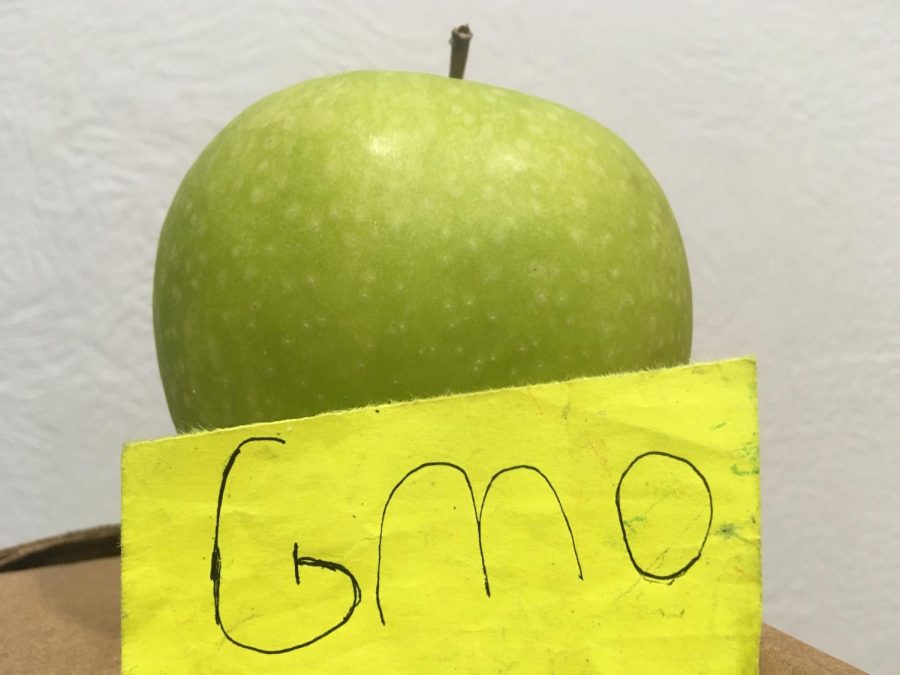How Bad Are GMOs, Really?
May 22, 2023
Many people have claimed that GMO crops and foods are the worst thing to put in your mouth. But that may not be inherently true. Let’s take a dive into GMOs, natural, lab made, and factory raised animals.
Firstly, what is a GMO. a GMO is an organism that has had it dna altered by humans in order to produce a more wanted result. This can be done in a lab, or using selective breeding.
One thing interesting about this topic is that some people claim to have intolerances to GMO crops; however they eat foods such as broccoli, which is a man-made food, therefore, considered a genetically-modified organism.
A second piece of information that we have to look at is what KIND of genetic modification we are using on plants. Some of them cause the plants to produce their own pesticides. These, however are completely harmless to humans, only damaging the insides of specific insects and invertebrates.
There are also GMs that can be used in crops which makes plants more resistant to pesticides that are used on normal crops. These GMO crops can cause problems, as the more resistant plants are to pesticides, the more humans will use said pesticides and those can harm humans.
Pesticides such as Glyphosate are used not-so sparingly on GMO crops, and is considered a human carcinogen, if not the largest cause of cancer in the world. The more pesticide-resistant crops are used, the more Glyphosate will be used on them, and the more carcinogenic our foods will become.
Some other concerns are about the genetic modifications themselves, and while we have no current evidence, long term studies are still pending, so we have inconclusive evidence on whether they actually cause long-term health effects or not. Kurt Larson, biology teacher at Wheat Ridge High School, said that “GMOs have no long term health effects.”
There are also some secondary effects of GM crops that people might not see. For example, with companies owning specific GMOs, they are creating plants that cannot reproduce on their own and therefor only grow once per plantation. This means that people cannot grow their own crops without buying much more expensive seeds in order to grow their own food, and those are GM free.
Another thing that people do not consider is over-farming. With GMO foods that grow quickly and abundantly, the land is often not given time to get it nutrients back into the soil. This leads to land being essentially dead for a good while, becoming useless for farming and agriculture.
Furthermore, as Larson put it, “GMOs can lead to lack of soil nutrients.” This is because of a lack of biodiversity. Biodiversity allows different nutrients to enter the soil, ensuring that the dirt stays healthy. When all of the plants are the same, you get only a very set assortment of nutrients. When this happens, over-farming can occur.
The final thing that people might be concerned about is cross-population. Cross-population is when plants pollinate each other with unintended genes. Problems occur with this when GMO plants pollinate each other and the genes spread without want for them to do so.
Overall, GMOs are not bad, but must be used in moderation. It must be used carefully, and even still must be monitored. The conclusion to be drawn here is not whether to use GMOs, but where and when they should be used.

